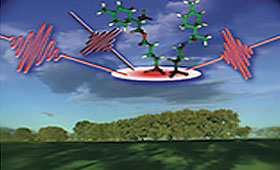Environmental/Energy
Northwestern Chemistry faculty push the frontiers of environmental and energy science. Interests range from energy transduction to water purification to catalysis to energy storage and transport. Major programs include molecular-level research on sustainability in energy pathways, the search for understanding and controlling pollutant transport, anticipating emerging physical and chemical processes under future – possibly warmer – climates, and impacts of emerging nanotechnologies on the energy sector and the environment. Hard- and soft-matter materials and interfaces are subject to the elucidation of molecular processes in real time and space with the most cutting-edge tools available for electronic, structural, and functional interrogation, as well as the design, realization, and implementation of new instrumentation such as heretofore unknown approaches to spectrometry and microscopy. Computer simulations of electronic and molecular structure go hand in hand with experiments to understand, control, and predict reactivity and function, and to guide new ways of thinking about the new phenomena uncovered in the arena of environmental and energy science.
Environmental/Energy Research Areas:
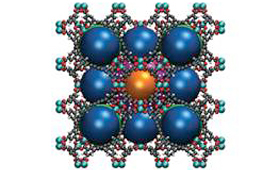 Inorganic-Organic Materials
Inorganic-Organic Materials
Porous materials • solar energy • catalysis • magnetism • chemical sensors • alternative energy appliances • gas storage and separation • theory collaborations • molecular sieving membranes
Farha, Gianneschi, Hupp, Marks, Mirkin, Nguyen, Poeppelmeier, Sargent
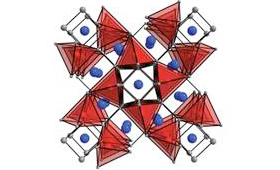
Nanochemistry
Diagnostics • therapeutics • photovoltaics • catalysis • patterning • electronic structure • synthesis • magnetic separation • magnetic resonance imaging • synthetically programmable lattices
Dichtel, Farha, Gianneschi, Hunter, Kanatzidis, Marks, Meade, Mirkin, Odom, Sargent
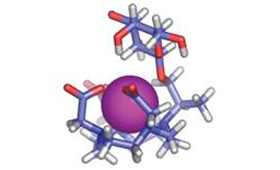 Organometallic & Coordination Complexes
Organometallic & Coordination Complexes
Catalysis • synthesis • electronic structure • reactivity • molecular magnetism • dye sensitized solar cells • main group electronic structure • transition metal inhibitors • quantum computation
Hunter, Malapit, Marks, Meade, Mirkin, Nguyen, Swearer
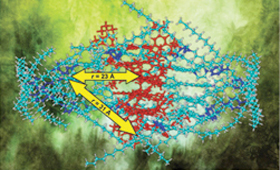 Physical Organic Chemistry
Physical Organic Chemistry
Electron donor–acceptor systems • photochemistry • molecular electronics • surface chemistry of graphene and polymer nanocomposites • self-assembled monolayers • mass spectrometry
Dichtel, Kalow, Malapit, Nguyen, Wasielewski
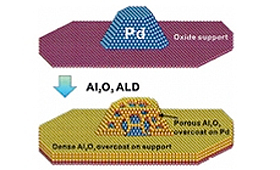 Catalysis
Catalysis
Atomic layer deposition (ALD) for the synthesis of complex oxide films • applications of Raman spectroscopy to map catalytic reactions on surfaces with high time resolution, photoreduction of CO2 using heterogeneous catalysis • nanoparticle and molecular catalysts • applications of vibrational sum frequency generation (SFG) to model heterogeneous catalysts
Geiger, Hunter, Hupp, Malapit, Poeppelmeier, Rosenzweig, Sargent, Swearer,
Wasielewski
 Energy Science
Energy Science
Field effect transistors, organic photovoltaics, artificial photosynthesis, molecular electronics, energy storage, and the sustainable generation of fuels and chemical feedstocks
Chen, Dichtel, Farha, Geiger, Hunter, Hupp, Kalow, Malapit, Olvera de la Cruz, Poeppelmeier, Rosenzweig, Sargent, Schatz, Seideman, Swearer, Szleifer, Tempelaar, Wasielewski
Environmental Chemistry
Molecular-level research on sustainability in energy pathways, understanding and controlling pollutant transport, atmospheric chemistry under future – possibly warmer – climates, and impacts of emerging nanotechnologies on the environment
Chen, Dichtel, Farha, Geiger, Hupp, Rosenzweig, Swearer, Wasielewski

